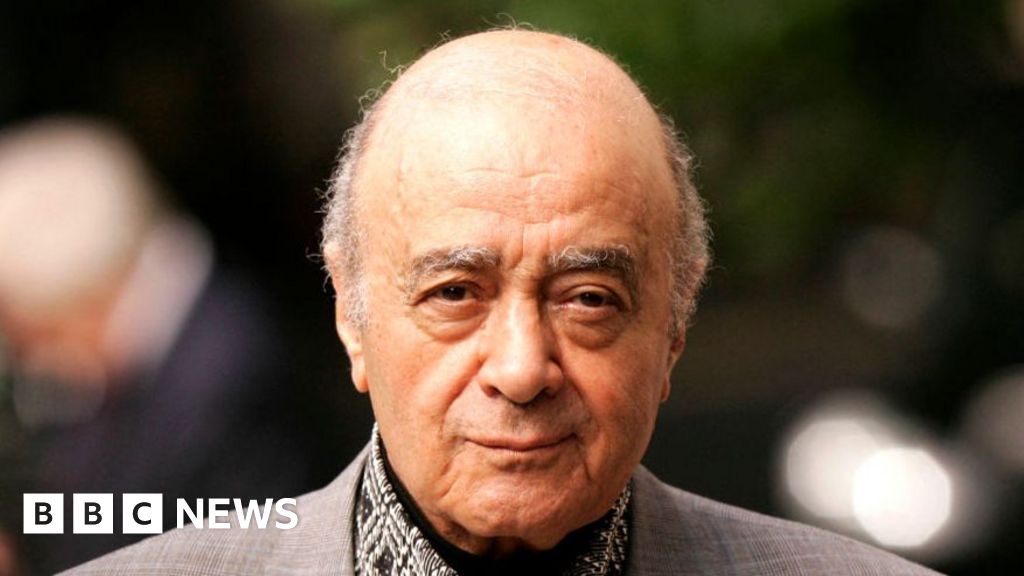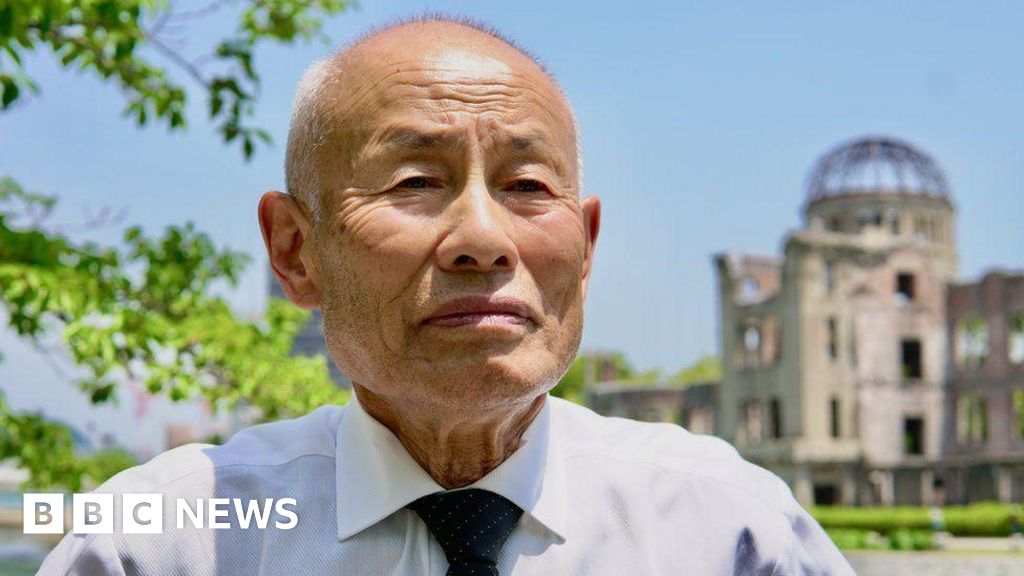BEIRUT — Israeli airstrikes on central Beirut on Thursday left two neighborhoods smoldering, killed 22 people and wounded dozens, Lebanon’s health ministry said, as well as further escalating Israel’s bloody conflict with Iran-backed Hezbollah militants in Lebanon.
The air raid on central Beirut—the deadliest in over a year of war—apparently targeted two residential buildings in separate neighborhoods simultaneously, according to an AP photographer at the scene. It brought down one apartment building and wiped out the lower floors of the other.
The Israeli military said it was looking into the reported strikes. Israeli airstrikes have been far more common in Beirut’s tightly packed southern suburbs, where Hezbollah bases many of its operations.
Read More: ‘We Can’t Predict What Israel Will Do.’ Inside the Fear and Chaos Gripping Lebanon
After the strikes, Hezbollah’s Al Manar TV reported that an attempt to kill Wafiq Safa, a top security official with the group, had failed. It said that Safa had not been inside of either of the targeted buildings.
Thursday’s strikes followed a year of tit-for-tat exchanges between Hezbollah and Israel that boiled over into all-out war in recent weeks, with Israel carrying out waves of heavy airstrikes across Lebanon and launching a ground invasion. Hezbollah has expanded its rocket fire to more populated areas deeper inside Israel, causing few casualties but disrupting daily life.
The attack came the same day Israeli forces fired on United Nations peacekeepers in southern Lebanon and wounded two of them, drawing widespread condemnation and prompting Italy’s Defense Ministry to summon Israel’s ambassador in protest.
Israeli strikes hit central Beirut
Witnesses reported a large number of ambulances and people gathering in the rubble of two Beirut sites that were hit, in the Ras al-Nabaa neighborhood and Burj Abi Haidar area.
The Lebanese Health Ministry said 22 people were killed and 117 others wounded, without elaborating on their identities. Recent Israeli airstrikes in neighborhoods adjoining Beirut, in particular the densely populated southern suburbs, have killed Hezbollah’s leader, Hassan Nasrallah, and other senior commanders.
Hezbollah began firing rockets into Israel on Oct. 8, 2023, in support of Hamas and the Palestinians, drawing Israeli airstrikes in retaliation.
Hezbollah kept up rocket fire into Israel on Thursday, setting off air raid sirens in parts of northern Israel. Several drones heading toward Israel were intercepted, the military said.
Iran—which supports Hamas, Hezbollah and other armed groups across the region—launched some 180 ballistic missiles at Israel last week in retaliation for the killing of top Hamas and Hezbollah militants.
Israeli Defense Minister Yoav Gallant said Wednesday that its response to the Iranian missile attack will be “lethal” and “surprising,” without providing further details, as Prime Minister Benjamin Netanyahu spoke with President Joe Biden.
Asked about the latest airstrikes in Lebanon, U.S. Vice President Kamala Harris told reporters in Las Vegas, “We have got to reach a cease-fire, both as it relates to what’s happening in Lebanon, and of course Gaza. We are working around the clock in that regard, but we need these wars to end and we’ve got to definitely de-escalate what is happening in the region.”
Before the latest strikes, Lebanon’s crisis response unit said Israeli attacks over the past day had killed 28 people, bringing the total to 2,169 killed in Lebanon since the war erupted last October.
Hezbollah attacks have killed 28 civilians as well as 39 Israeli soldiers, both in northern Israel since October 2023 and southern Lebanon since Israel launched its ground invasion on Sept. 30. Israel says the invasion, so far focused on a narrow strip along the border, aims to push militants back so that tens of thousands of Israelis can return to their homes in the north.
Read More: The Myth of Hezbollah Has Been Shattered

UN peacekeepers caught in intensified fighting in Lebanon
The U.N. peacekeeping mission in Lebanon, known as UNIFIL, said in a statement that its headquarters and positions “have been repeatedly hit” by Israeli forces.
It said an Israeli tank “directly” fired on an observation tower at the force’s headquarters in the town of Naqoura, Lebanon, and that soldiers had attacked a bunker near where peacekeepers were sheltering, damaging vehicles and a communication system. It said an Israeli drone was seen flying to the bunker’s entrance.
The two UNIFIL troops wounded in the attacks and hospitalized are Indonesian, Italy’s Foreign Minister Antonio Tajani said.
The Israeli military acknowledged opening fire at a U.N. base in southern Lebanon on Thursday and said it had ordered the peacekeepers to “remain in protected spaces.”
Later Thursday, the U.N. peacekeeping chief said 300 peacekeepers in frontline positions on southern Lebanon’s border have been temporarily moved to larger bases, and plans to move another 200 will depend on security conditions as the conflict escalates. Jean-Pierre Lacroix told an emergency meeting of the U.N. Security Council that peacekeepers with UNIFIL are staying in their positions, but because of air and ground attacks they cannot conduct patrols.
UNIFIL, which has more than 10,000 peacekeepers from dozens of countries, was created to oversee the withdrawal of Israeli troops from southern Lebanon after Israel’s 1978 invasion. The United Nations expanded its mission following the 2006 war between Israel and Hezbollah, allowing peacekeepers to patrol a buffer zone set up along the border.
Israel accuses Hezbollah of establishing militant infrastructure along the border in violation of the U.N. Security Council resolution that ended the 2006 war.
The European Union’s top diplomat, Josep Borrell, sharply condemned Israeli strikes that hit UNIFIL positions as “an inadmissible act, for which there is no justification.”
From Italy, which has about 1,000 soldiers deployed as part of UNIFIL, Defense Minister Guido Crosetto went further, claimed Israel deliberately targeted the UNIFIL base in southern Lebanon in strikes that “could constitute war crimes.”
Several other countries, including France, Spain and Jordan, also denounced the Israeli attacks.
Aid group says staff killed in strike on school
Even as attention has shifted to Israel’s close combat with Hezbollah in Lebanon and rising tensions with Iran, Israel has continued to strike at what it says are Palestinian militant targets across the Gaza Strip.
Earlier on Thursday, an Israeli strike on a school sheltering displaced people in central Gaza killed at least 27 people, Palestinian medical officials said. The Israeli military said it targeted Palestinian militants, but people sheltering there said the strike hit a meeting of aid workers.
The dead included a child and seven women, according to the Al-Aqsa Martyrs Hospital, where the bodies were brought. An Associated Press reporter saw ambulances streaming into the hospital and counted the bodies, many of which arrived in pieces.
The Israeli military said it targeted a militant center inside the school, without providing evidence. Israel has repeatedly attacked schools that were turned into shelters in Gaza, accusing militants of taking cover in them.
“There were no militants. There was no Hamas,” said Iftikhar Hamouda, who had fled from northern Gaza earlier in the war.
“We headed to tents. They bombed the tents … In the streets, they bombed us. In the markets, they bombed us. In the schools, they bombed us,” she said. “Where should we go?”
Israel’s offensive in Gaza started after Hamas’ Oct. 7 attack, when militants stormed into Israel, killing some 1,200 people, mostly civilians, and abducting around 250 others.
Israel’s offensive has killed over 42,000 Palestinians, according to local health authorities, who do not specify between militants and civilians. The war has destroyed large areas of Gaza and displaced around 90% of its population of 2.3 million people, often multiple times.
—Shurafa reported from Deir al-Balah, Gaza Strip, and Magdy reported from Cairo. Edith Lederer contributed from New York and Darlene Superville from Las Vegas.




















































































































































You must be logged in to post a comment Login